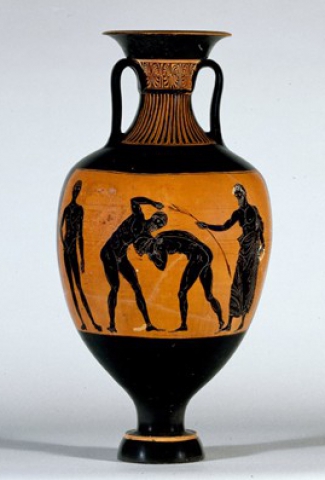
Undergraduate, B. Phil. Thesis
Museum displays can serve to educate and inform the public about various concepts and classes of objects. However, the ways in which these displays present information is typically filtered through selective interpretive lenses that reflect a variety of biases, including theoretical and institutional ones. As a result, the museum’s mission and goals directly affect gallery displays by orienting information so that it is in alignment with the museum’s aims. For example, the British Museum of London, a public natural history and archeological museum, is considered to be a universal, or encyclopedic, museum. The creation of universal museums developed alongside imperial powers, whose wealth and influence allowed them to collect a wide variety of specimens, including microbes, plant species, glass, and elements of monumental architecture. Because of the scope of their collections, an encyclopedic museum is expected to comment on many topics using a variety of demonstrative objects. The British Museum, for instance, holds the largest collection of Panathenaic prize amphorae (athletic awards ca. 6th to 2nd centuries BC) outside of Greece. Using Panathenaic amphorae as a case study, this thesis investigates whether the display of the amphorae reflects the British Museum’s position as an encyclopedic museum. In order to better comprehend the relationship between the mission of the universal museum and the artifacts it collects, display choices surrounding the British Museum’s collection of Panathenaic amphorae are analyzed using summative evaluation techniques, such as curator interviews, head counts, and label evaluation. For comparison, the same summative evaluation techniques were employed at the Ashmolean Museum in Oxford, which pursues a different mission as it is a university, rather than a universal museum. The comparison of these two museums highlights the distinction between the British Museum’s universal mission and the Ashmolean’s teaching mission, and it is determined that the British Museum’s display of Panathenaic amphorae does indeed reflect its encyclopedic mission. The large quantity of vases provides the museum with the opportunity to present the vessels in multiple contexts and effectively convey their overall significance—an opportunity that a museum with fewer vases does not have.
